Compound Interest – The Secret to Growing Wealth Over Time
If there is one concept that separates wealthy investors from struggling savers, it’s compound interest. Often called the “eighth wonder of the world,” compounding is the quiet but powerful force that grows money exponentially over time.
The idea is simple: you don’t just earn returns on your initial investment—you also earn returns on the returns you’ve already gained. Over time, this snowball effect becomes massive.
At YourPaathshaala, we believe every beginner should understand compound interest before learning anything else about finance. Once you see how it works, you’ll realize why starting early matters more than anything else in building wealth.
What Is Compound Interest?
Compound interest is when the interest you earn gets added back into your investment, so that future interest is calculated on a bigger base. This creates a cycle where money grows faster and faster.
Simple Interest: Earns only on the original amount.
Compound Interest: Earns on the original amount plus all past earnings.
For example:
If you invest ₹10,000 at 10% simple interest, after 3 years you’ll have ₹13,000.
If you invest ₹10,000 at 10% compound interest, after 3 years you’ll have ₹13,310.
The difference may look small at first, but over decades, compounding creates massive gaps in wealth.
The Formula of Compound Interest
The standard formula is:
A = P (1 + r/n)^(n × t)
Where:
A = Final amount
P = Principal (initial investment)
r = Interest rate
n = Number of times interest is compounded per year
t = Number of years
Don’t worry if it looks complicated—let’s break it down with examples.
Examples of Compound Interest in Action
Example 1: Starting Early vs Starting Late
Person A invests $100 per month at 8% return starting at age 25.
Person B invests $200 per month at 8% return but starts at age 35.
At age 55:
Person A ends up with $150,000+ more than Person B—even though B invested double the monthly amount!
👉 Lesson: Time is more powerful than money when it comes to compounding.
Example 2: Reinvesting Dividends
Imagine buying shares of a company that pays dividends.
If you spend dividends, your returns stop growing.
If you reinvest them, each dividend buys more shares, which earn more dividends, creating a compounding loop.
This is why reinvesting gains—whether from dividends, interest, or capital gains—is key to maximizing wealth.
Example 3: The Rule of 72
The Rule of 72 is a quick mental trick. Divide 72 by your rate of return to estimate how long it will take your money to double.
At 6% returns → 72 ÷ 6 = 12 years to double.
At 12% returns → 72 ÷ 12 = 6 years to double.
This shows how higher returns accelerate compounding, but also why patience is necessary.
Why Starting Early Matters Most
The biggest secret of compound interest is time. Even modest investments made early beat larger investments made later.
Let’s compare:
Investor 1: Invests ₹5,000 per month from age 20 to 30 (just 10 years), then stops.
Investor 2: Invests ₹5,000 per month from age 30 to 60 (30 years).
At age 60:
Investor 1 (who stopped after 10 years) often has more wealth than Investor 2 who invested for 30 years!
👉 The difference is not money invested—it’s time in the market.
Common Mistakes Investors Make with Compounding
- Starting Too Late
Many people think they’ll “start investing after earning more.” But waiting reduces the effect of compounding. - Not Reinvesting Gains
Taking out profits too early breaks the cycle. Reinvest to let compounding do its magic. - Chasing Quick Returns
Compounding works best with consistency, not gambling on hot stocks or crypto hype. - Ignoring Fees and Taxes
High fund fees or frequent withdrawals eat into compounding. Always minimize costs.
Compound Interest in Real Life
Compounding is everywhere in finance, not just in stock markets.
Bank Fixed Deposits (FDs): Interest is compounded annually, quarterly, or monthly.
Mutual Funds: Returns are reinvested automatically.
Retirement Funds (EPF, 401k): Long-term compounding builds retirement wealth.
Stocks with Dividends: Dividend reinvestment plans (DRIPs) accelerate growth.
Even Debt Works Against You: Credit card interest compounds too—only in reverse! That’s why unpaid debt grows so quickly.
Compound Interest vs Simple Interest
| Feature | Simple Interest | Compound Interest |
|---|---|---|
| Earnings | Only on principal | On principal + accumulated interest |
| Growth | Linear | Exponential |
| Long-term Wealth | Limited | Huge |
| Example (₹10,000 at 10% for 10 years) | ₹20,000 | ₹25,937 |
👉 Compounding beats simple interest every time.
Patience: The Hardest but Most Rewarding Part
The toughest part of compounding is waiting. In the early years, growth feels slow. But as decades pass, the curve turns sharply upward.
For example:
In the first 10 years, your investments may grow modestly.
In the last 10 years, the growth often outpaces everything before it.
This exponential curve is why Warren Buffett, one of the world’s richest investors, made most of his wealth after age 60—because of compounding over a lifetime.
Strategies to Maximize Compound Interest
- Start Investing Today – Even small amounts count. Waiting kills compounding.
- Be Consistent – Regular contributions matter more than lump sums.
- Reinvest Everything – Dividends, interest, profits—put them back to work.
- Stay Invested – Don’t panic-sell during downturns. Time in the market matters.
- Choose Tax-Efficient Accounts – Minimize tax leakage to maximize compounding.
- Avoid High Fees – Expensive funds eat into your returns.
- Increase Contributions Over Time – As your income grows, invest more to accelerate growth.
Case Studies: Wealth Through Compounding
Case Study 1: The Coffee Saver
If you skip a ₹100 coffee daily and instead invest ₹3,000 monthly at 10% return:
After 20 years → ₹22 lakh+
After 30 years → ₹68 lakh+
Small sacrifices + compounding = huge results.
Case Study 2: The Retirement Builder
An employee invests ₹10,000 monthly in a retirement fund at 8% from age 25 to 60.
Total invested: ₹42 lakh
Final value: Over ₹2.2 crore
That’s the power of time + compounding.
How YourPaathshaala Helps You Master Compounding
At YourPaathshaala, we don’t just teach formulas—we show you how compounding applies in real investments.
You’ll learn:
How to set up SIPs (Systematic Investment Plans).
How to reinvest dividends smartly.
How to calculate future wealth using compounding tools.
How to avoid common mistakes that slow down compounding.
And the best part—you can join our free demo classes to clear your doubts and build a strong foundation.
Conclusion: Compounding Is Your Best Friend
Compound interest is not magic—it’s math. But in the long run, it feels magical. Whether you’re saving for retirement, your child’s education, or financial freedom, compounding will be your strongest ally.
👉 Start early.
👉 Stay consistent.
👉 Let time do the heavy lifting.
At YourPaathshaala, we guide you step by step so you can experience the true power of compounding and build lasting wealth.
Visit YourPaathshaala
Near Anjali Children Hospital, Tagore Nagar, Mathpurena, Raipur
PIN Code: 492001, Chhattisgarh Click the Call Now to start learning how financial systems really work! To check out the full article click here!

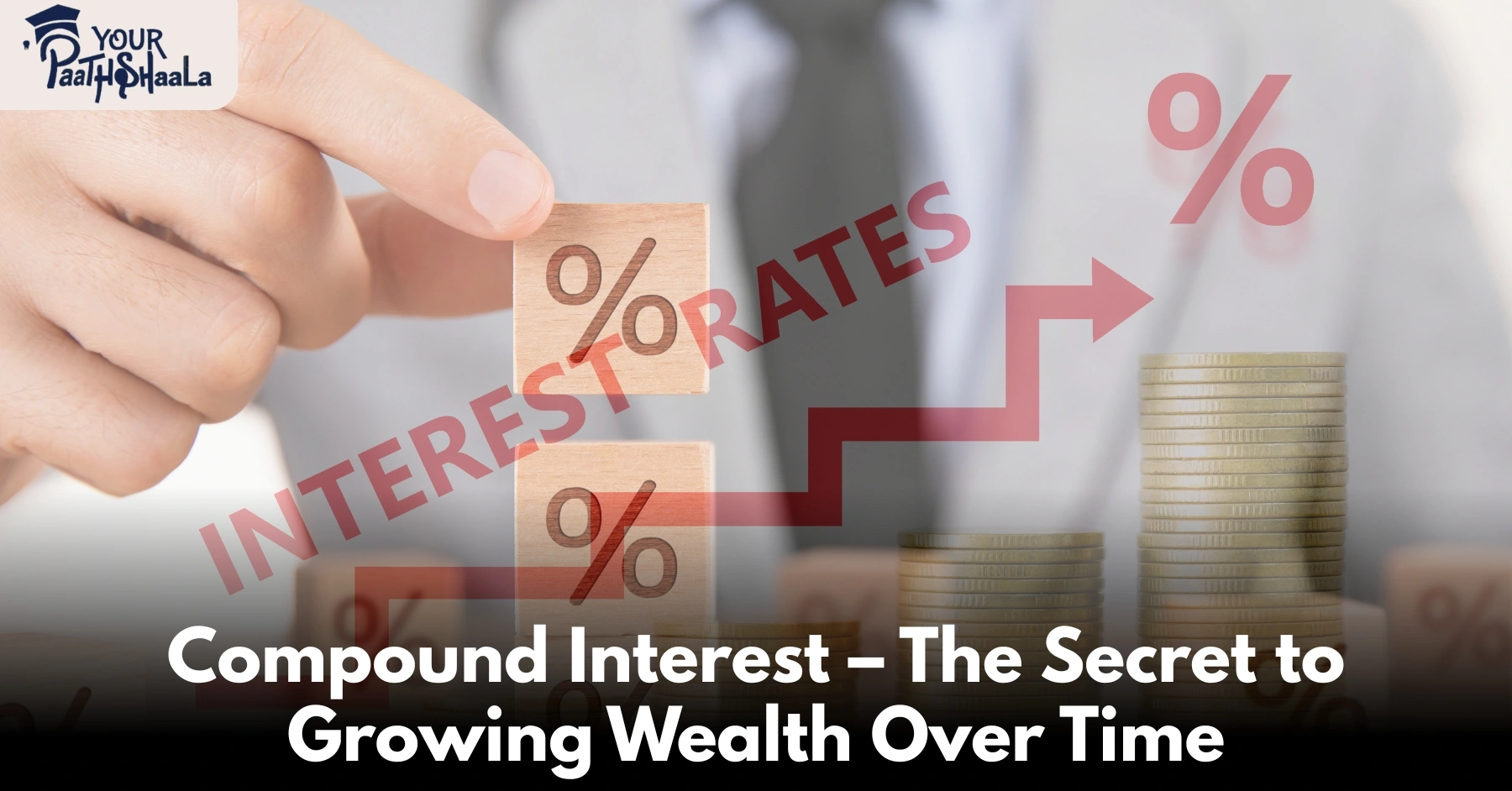



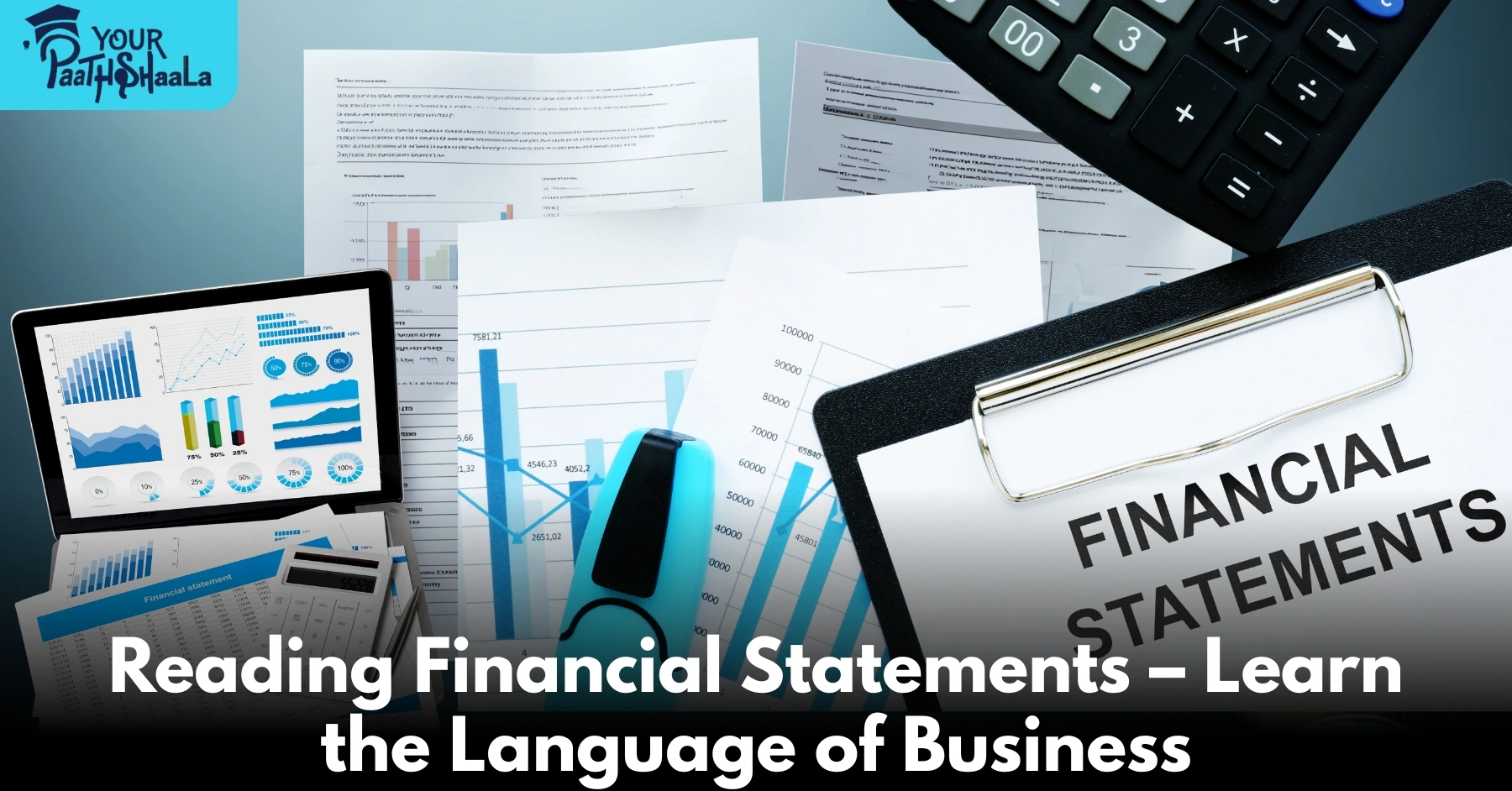
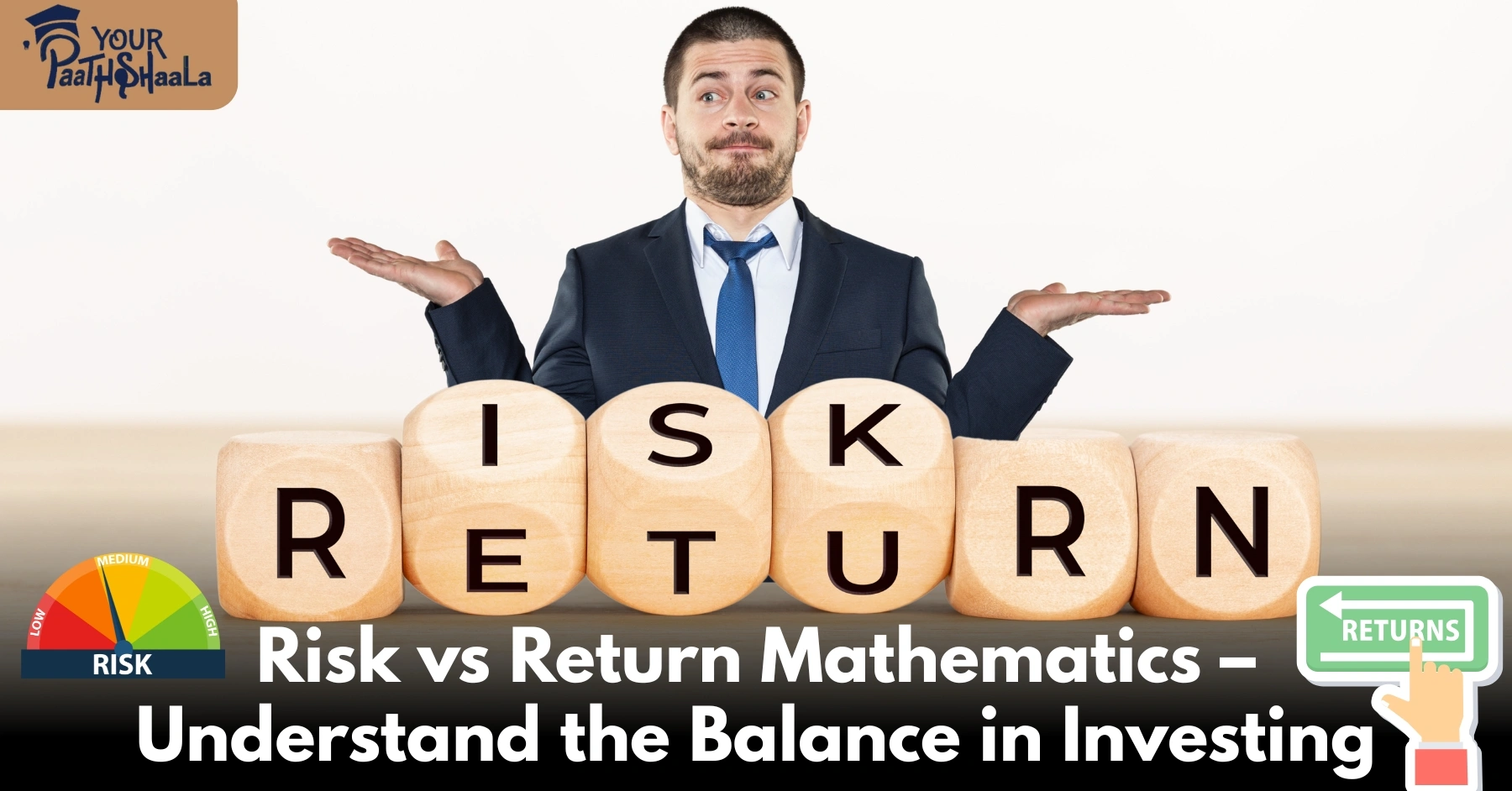
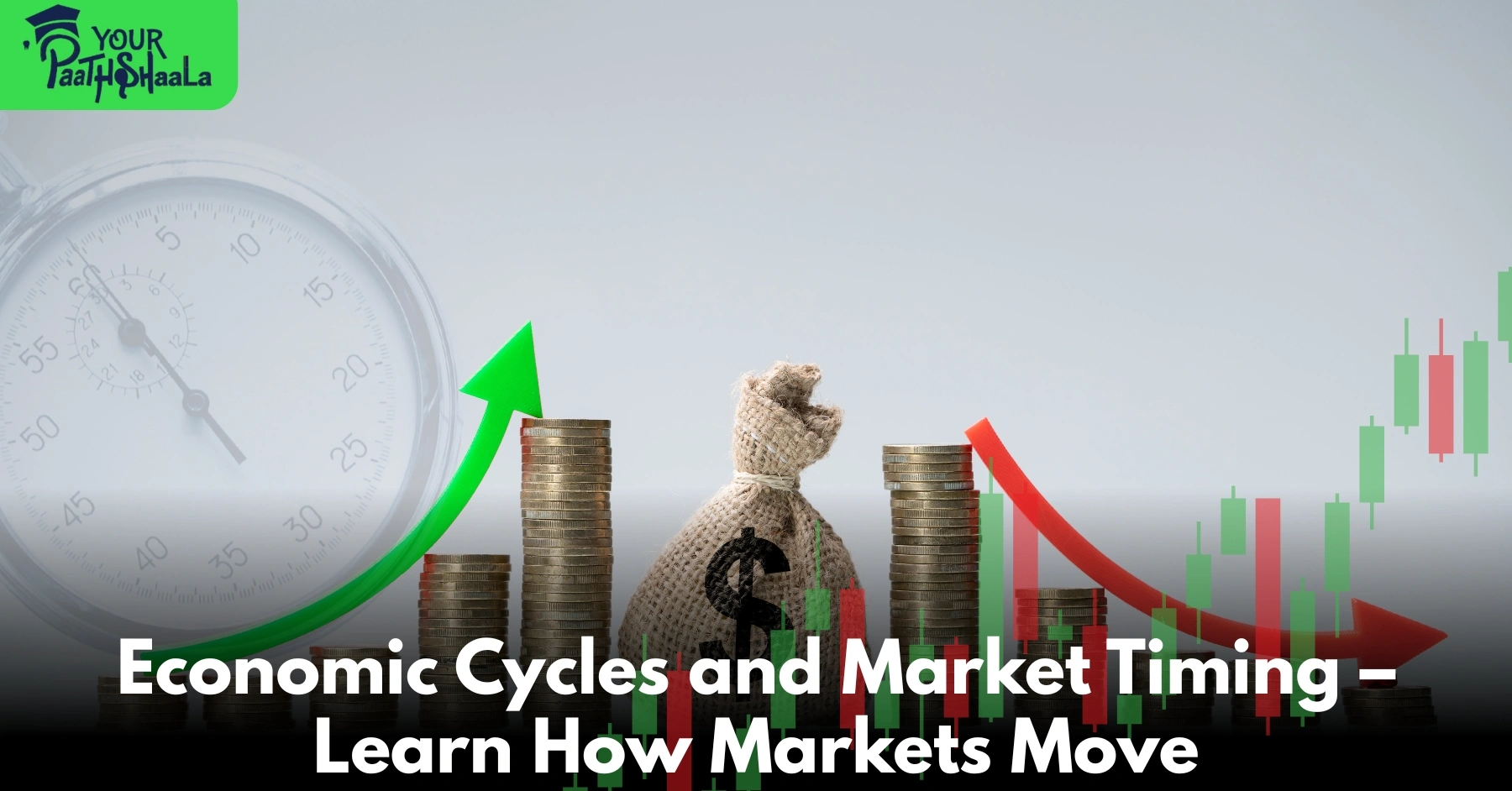



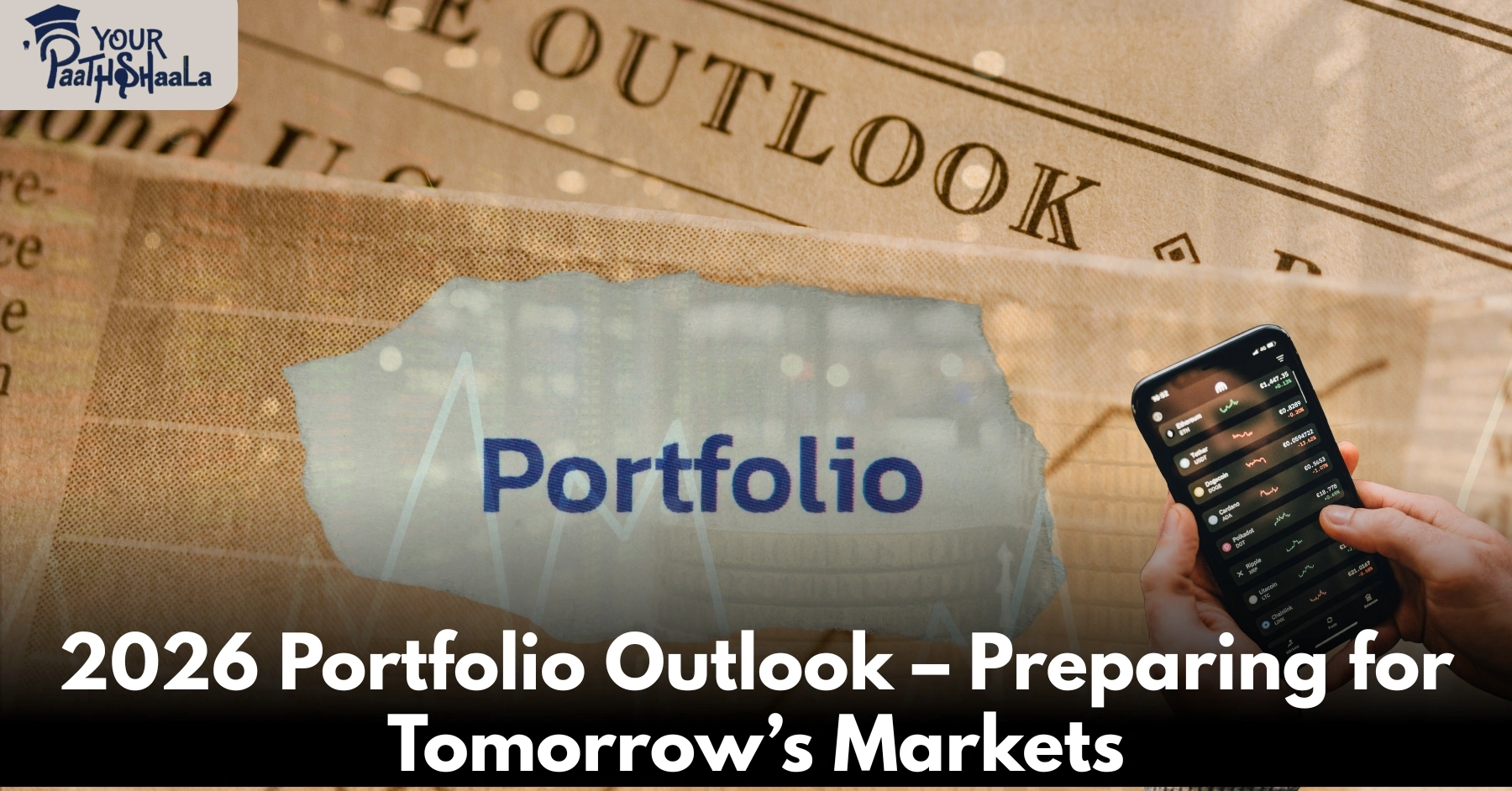
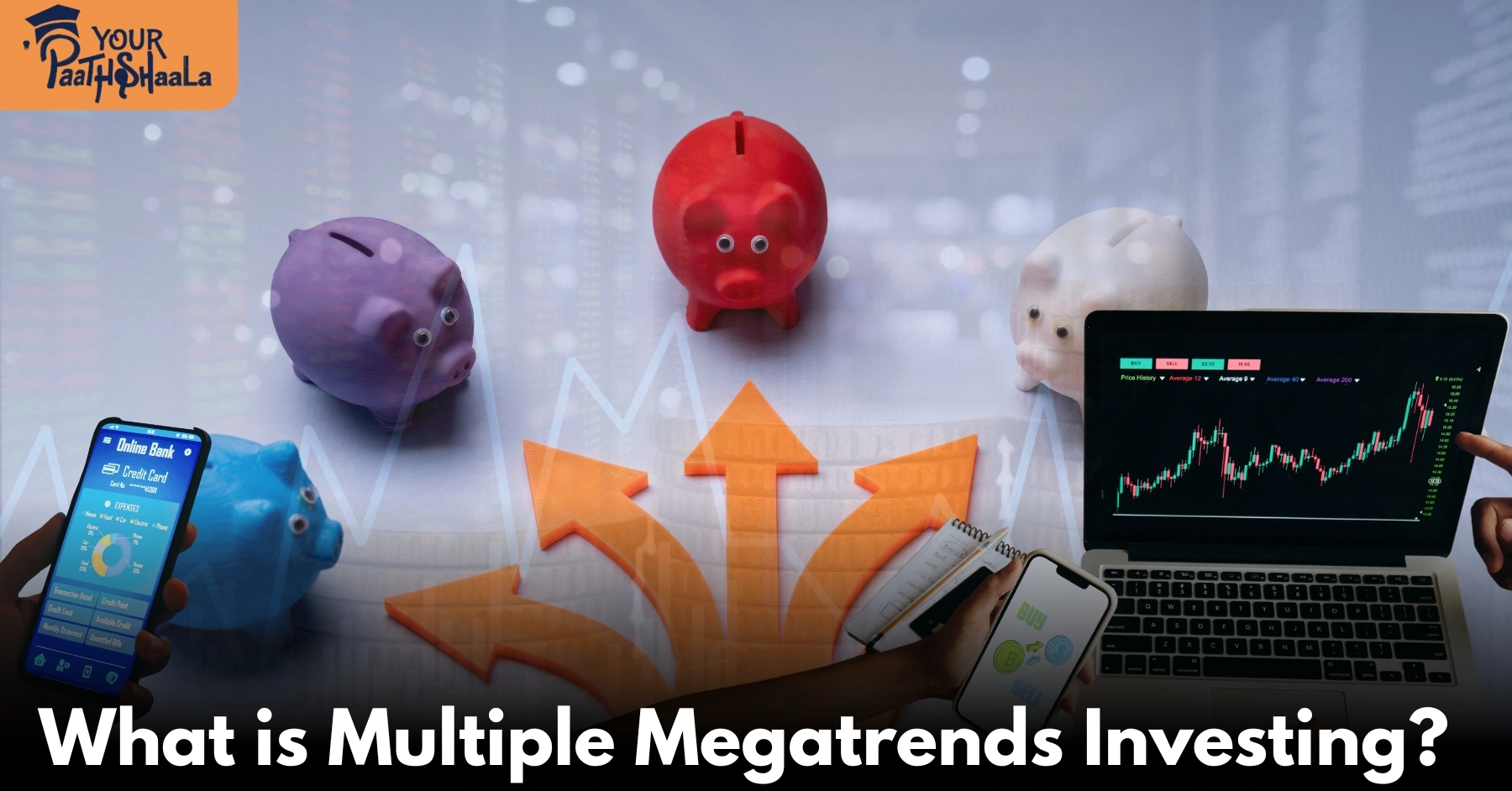
Add a Comment